The Endless River is a wonderfully thoughtful patchwork of Pink Floyd’s work. It manages to evoke so many glorious memories of their history while locating the group firmly in the 21st century. As Nick Mason states, “There are ideas there that… can be seen in some of the really early albums.”
He’s absolutely right. It nods generously to various moments from their past. It’s the Floyd from A Saucerful Of Secrets through Echoes to Shine On You Crazy Diamond. Although the original four movements have now been subdivided into 18 tracks, The Endless River marks the return of the suite, the portentous piece of grandeur that offers a glimpse of the ‘other Floyd’ – the Wright/Gilmour axis rather than Barrett/Waters; light instead of darkness. It’s one for the ‘big spliff’ crowd who frankly get terrified by Dogs or The Wall.
What is often overlooked is the variety of styles and improvisations the group were more than willing to approach during this period. “When I was sifting through Rick’s keyboard bits and finding a home for them,” Youth says, “I thought, ‘Wow, we could go Krautrock on this album!’ Also Robert Wyatt, free jazz influences… that’s always been part of Floyd’s mandate, but got eclipsed by their experimental rock things or spacey things.”
It will be interesting to assess where The Endless River will sit ultimately in Pink Floyd’s canon, but its scope, and loving assemblage by its fan-musician-producers and a couple of those who were there, make it an irresistible tribute to their music. “It’s inevitably and justifiably self-referential,” Andy Jackson says. “It’s appropriate to do so. I don’t think they are trying to be cute about it – they are just making a good record.”
With this in mind, we look at eight other ‘good records’ by Pink Floyd that have informed The Endless River.
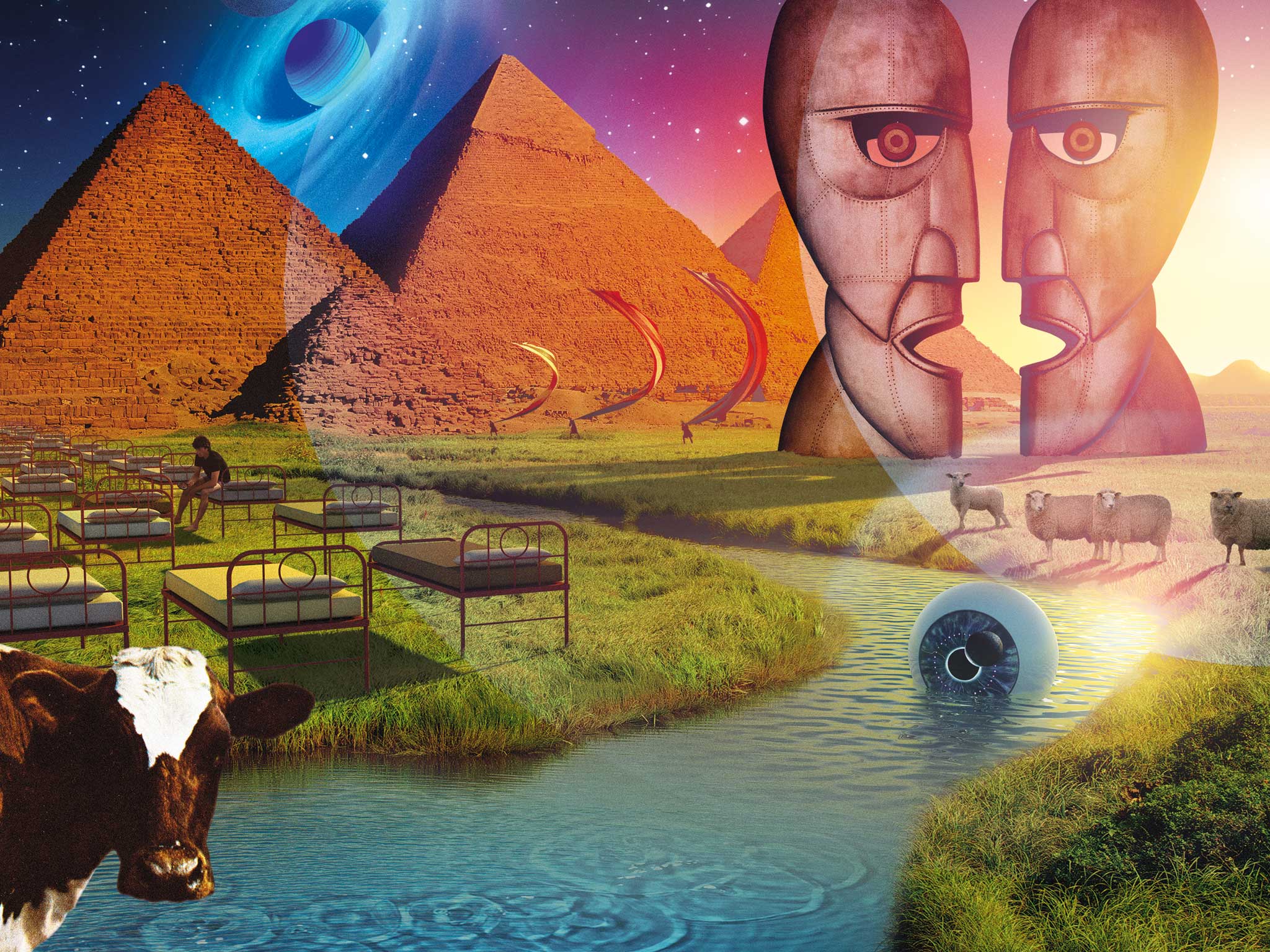
A Saucerful Of Secrets (1968)
The title track of their 1968 album demonstrated that the Floyd would be able to move on comfortably from their psychedelic phase. David Gilmour recalls Nick Mason and Roger Waters drawing out the title track as an architectural diagram, complete with peaks and troughs, which is not dissimilar to Phil Manzanera’s charts for The Endless River. Producer Norman Smith was aghast that they would play so flagrantly beyond the three-minute single format. Skins from the new album is an obvious reference to this track.
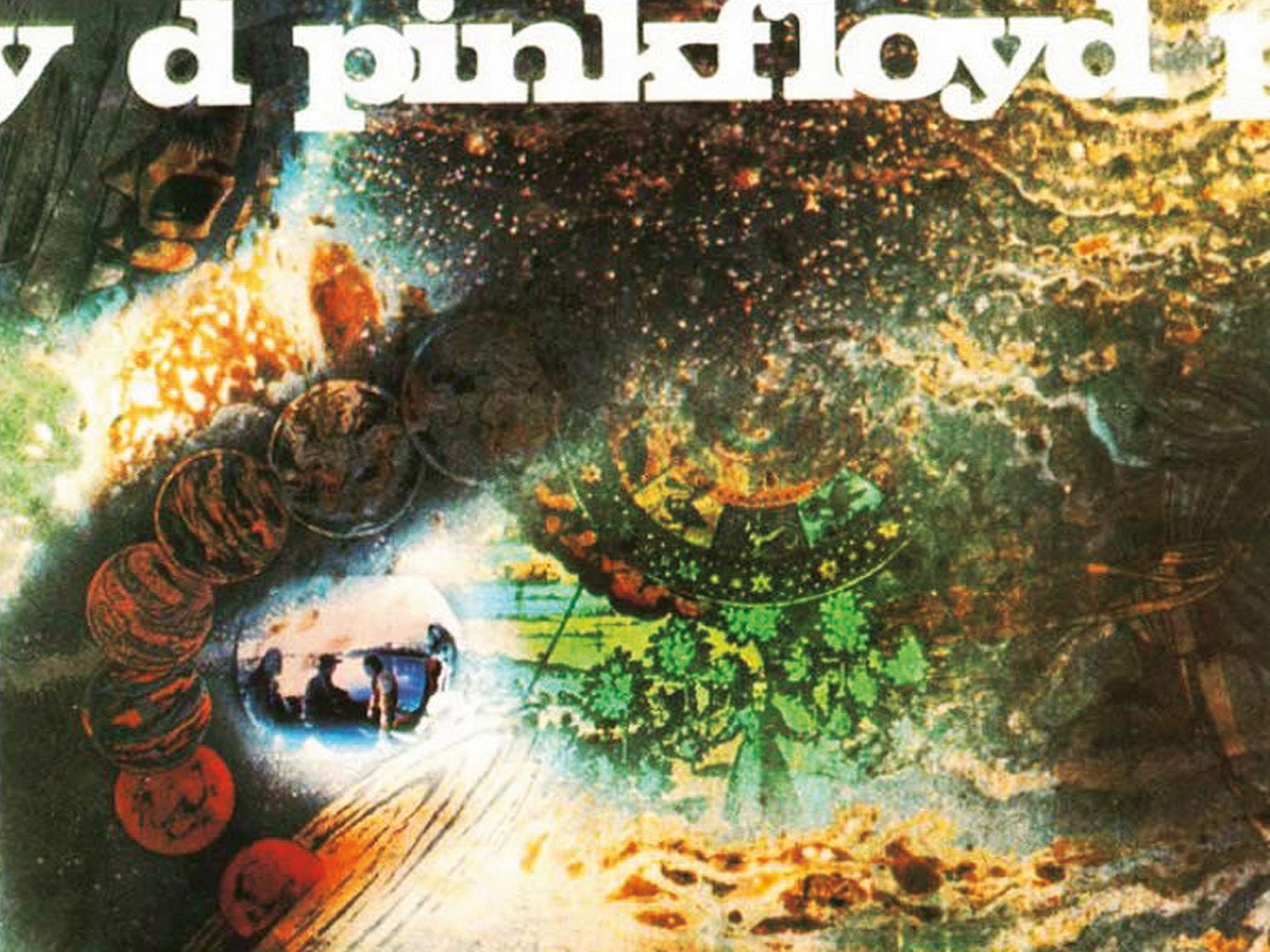
The Grand Vizier’s Garden Party (1969)
Nick Mason said about Ummagumma in 1994: “We were looking for new ways of constructing an album, although I think what this demonstrates is that our sum is always better than the parts,” a phrase which is indeed used on the new album. Although flawed, the four solo works on the second disc of Ummagumma show a band willing to experiment, and parts of the new album have the feel, if not the sound, of Mason’s often overlooked three-part solo suite.
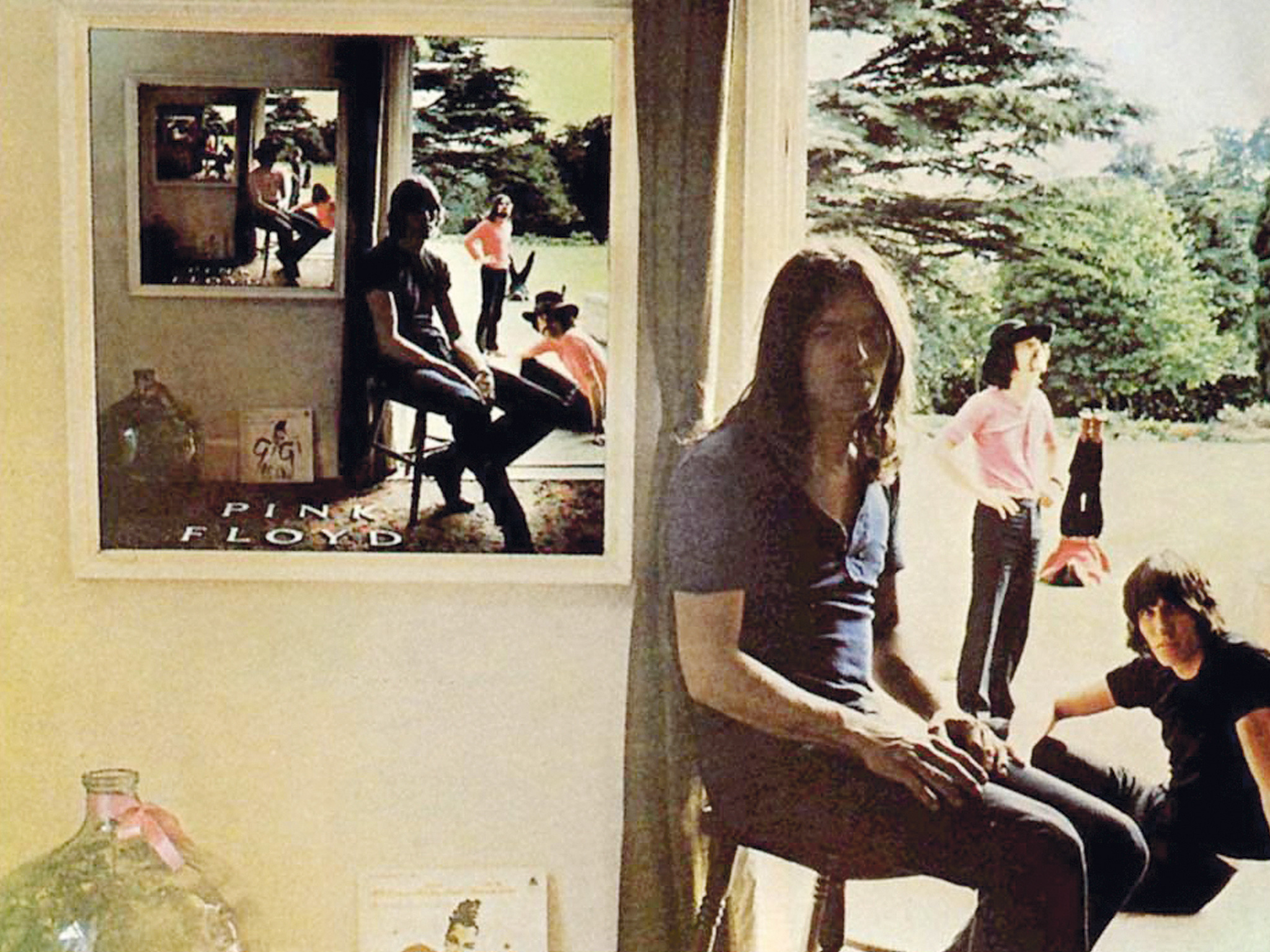
Unknown Song aka Rain In the Country (1969)
This outtake, recorded in 1969, was often bootlegged until it appeared on the deluxe edition of the Zabriskie Point soundtrack in 1997. The bass line was to reappear in Atom Heart Mother, and the gentle mood and acoustic playing by Gilmour was to become a Floyd staple. It’s echoed in passages of The Endless River, and the mood of _Surfacing _can trace its origins back to this placid groove.
Atom Heart MotheR(1970)
Pink Floyd’s flawed and often undervalued Atom Heart Mother suite marks arguably the most experimental thing they ever committed to vinyl. After touring their extended, avant‑garde pieces such as The Man and The Journey, they worked on this 20-minute piece, which was was originally entitled The Amazing Pudding. While working on it, they were introduced to Ron Geesin, who helped focus their experimentation, taught them more about recording techniques and helped them to be self-reliant in the studio. Being outside the inner circle, it could be said that Youth is The Endless River’s Geesin.
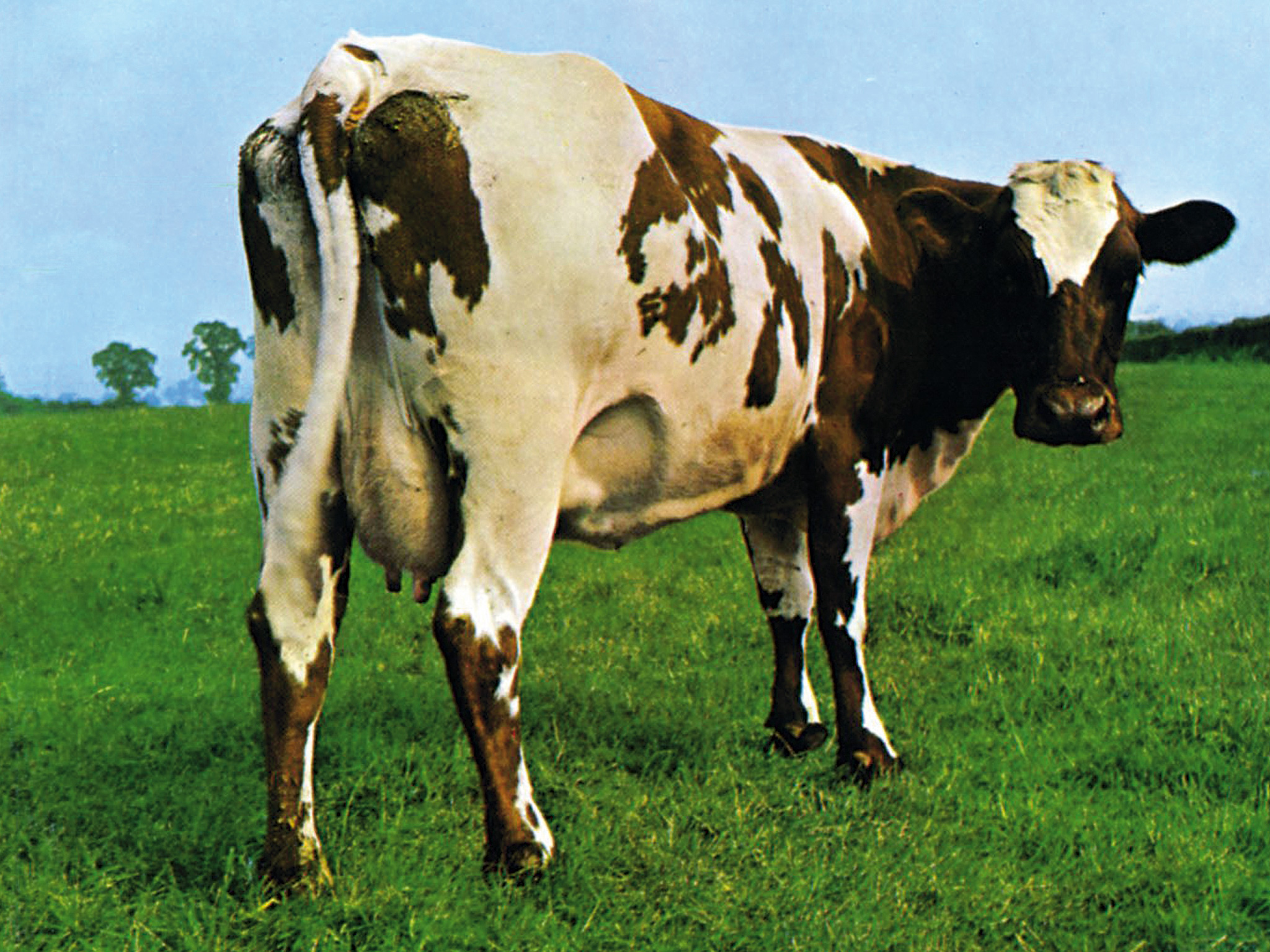
One Of These Days (1971)
Credited to all four Floyd members, and one of Nick Mason’s only lead ‘vocals’, One Of These Days’ largely instrumental space-rock stomp informs Sum on the new album. Youth suggested that Gilmour needed to play his guitar through a Leslie speaker to recreate that unique, searing sound heard on this original. Older heads will have images of Ian Emes’ short film French Windows, with its animated dancers, which was shown on The Old Grey Whistle Test.
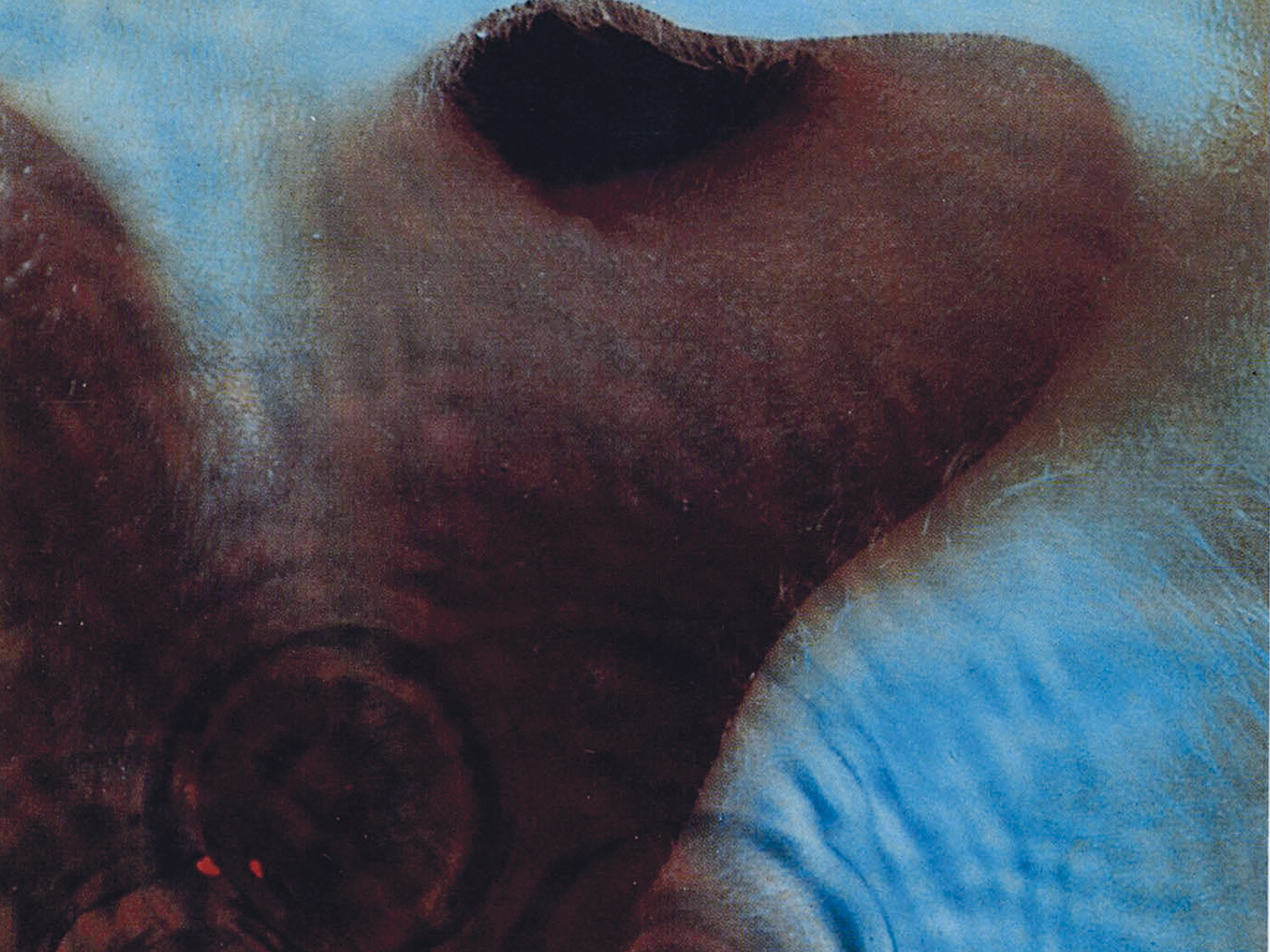
Echoes (1971)
The drizzle of Ebb And Flow evokes the mood of Echoes, the 23-and-a-half-minute centrepiece of Meddle. Beginning life as Nothings 1-24, before morphing into The Son Of Nothing and then The Return Of The Son Of Nothing, Echoes captured the high-water mark and the closure of space-rock era Floyd. Buoyed up by the practical experimentation that Geesin had showed them on Atom Heart Mother, here Gilmour was happy to turn the accidental wiring of a wah-wah pedal into the screeching noise of gulls, a sound which makes a brief appearance at the end of Skins on the second part of The Endless River.
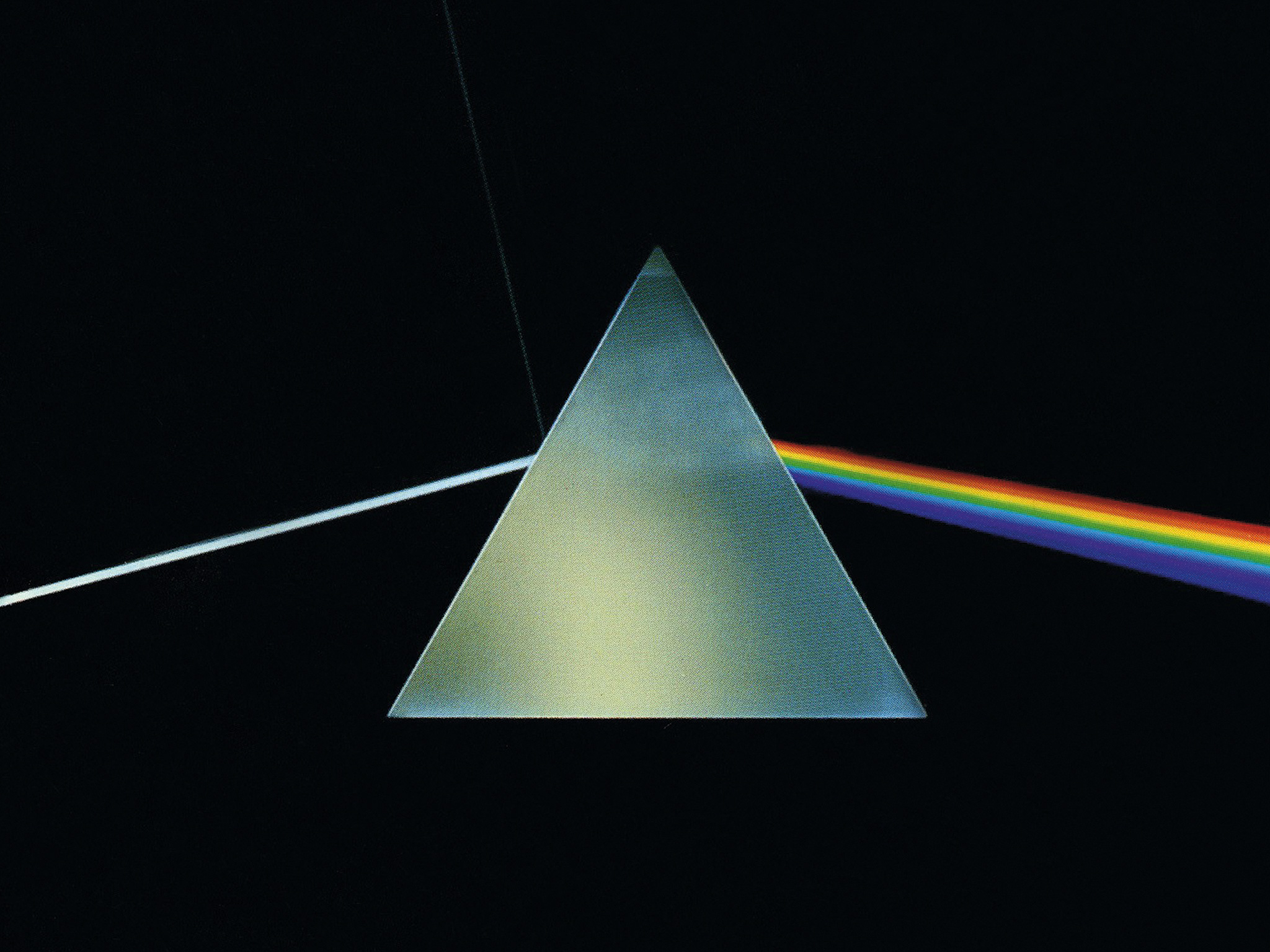
Us And Them(1973)
Although primarily a vocal piece, one cannot deny that for many, the 10-track The Dark Side Of The Moon is the epitome of the mellow Floyd suite. It started life as Eclipse, and even the caustic nature of Waters’ Money is rendered sweet by Gilmour’s vocal. Anisina takes the template of Us And Them, one of Wright’s most cherished Floyd melodies and a crucial part of the Eclipse suite, and brings it into the 21st century.

Shine On You Crazy Diamond (1975)
It’s What We Do, possibly the most pointed and obvious homage on Endless River, could almost be a composite of the second and ninth part of Shine On You Crazy Diamond, the group’s legendary tribute to former leader Syd Barrett. Released in 1975, the 27-minute suite was split in two and bookended their Wish You Were Here album, arguably their greatest rumination on loss. The sense of absence and longing permeates The Endless River.

